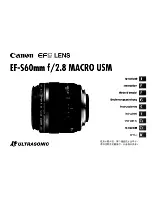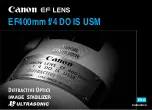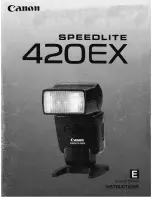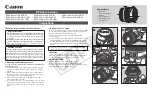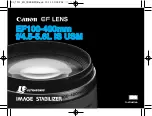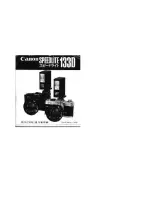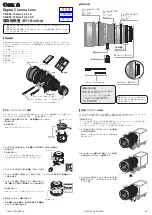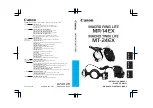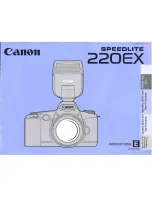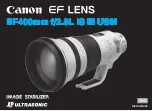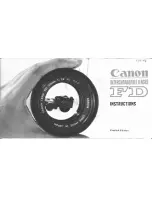XX028-06-00 Rev 1002 Surveyor4 Fixed-Position Camera Dome
Installation
••
5
7. Refer to the table in Technical Information for the maximum operating distances of Surveyor4. The gauge of
wire used determines this distance.
8. Strip approximately 1 in. (25 mm) of outer insulation off power cables. Then strip off approximately 1/4 in.
(6 mm) of insulation off each individual wire. Attach the camera power cables to the screw terminal on the
top of the enclosure according to the markings. The power supply for the camera must be 24 VAC. Refer to
Figure 5.
Note:
Vicon systems and components, like most electronic equipment, require a clean, stable power source.
Voltage irregularities such as surges, drops, and interruptions can affect the operation of your equipment
and, in severe cases, damage certain components. Vicon strongly recommends the use of line
conditioners, voltage regulators, and uninterruptible power supply (UPS) systems.
Caution:
Surveyor4 series cameras are "electrically" non-isolated. This means that the AC power input and
the video output share a common ground connection. This common ground can cause the electrical
phenomenon of ground looping. "Ground loops" only occur on "multiple camera installations" where
a difference of ground potential exists between cameras, causing a base frequency (50 Hz/60 Hz)
distortion on the video signal. It affects the video by causing horizontal line distortion, more
commonly known as "hum bars".
To eliminate ground loops on multi-camera installations, Vicon suggests the following in an installation:
Use an electrically-isolated, multiple-channel power supply. This supply type provides a separate output for each
camera. These power supplies are available in several voltage and channel configurations.
Use a single-channel AC power supply for each camera. This power supply will provide the correct voltage and
electrical isolation for one camera.
Use a 1:1 voltage isolation transformer for each camera. This type of transformer is connected to an existing AC
power source and provides an isolated power source for the camera.
Caution:
Be sure to make pin connections correctly. Wrong pin connections will cause damage to the unit.
9. Connect the video cable male BNC to the pendant cable female BNC connector on the top of the enclosure.
ALTERNATE CONNECTION:
For the model using the twisted-pair video connection, use the twisted-pair
video wires as shown in Figure 5. Strip off approximately 0.25 in. (6 mm) of insulation from each individual
wire. Attach each wire to the screw terminal on the top of the enclosure. This signal is non-polarized and
specific wire connection is not necessary. Refer to the instructions supplied with the receiver for those
connections.

